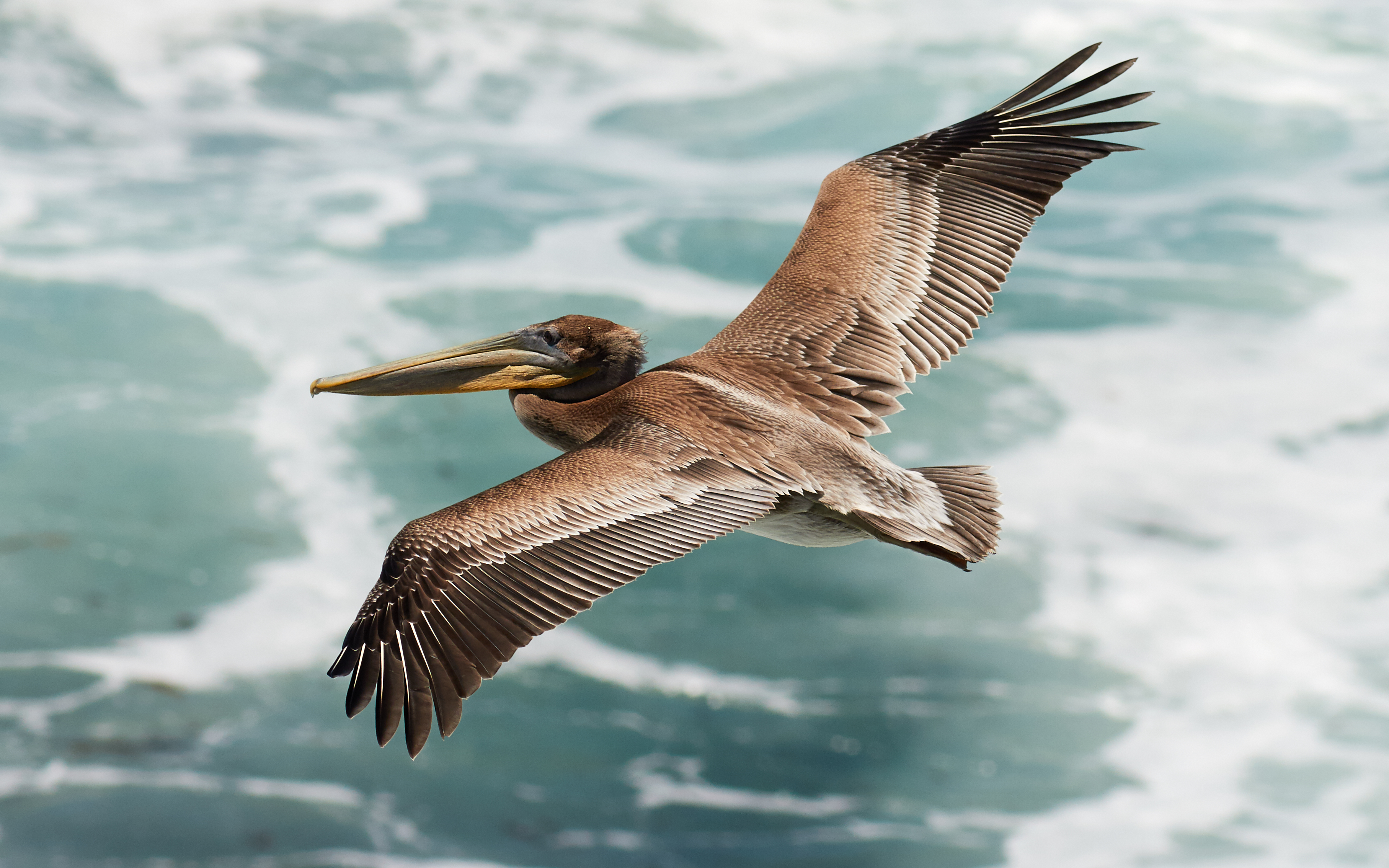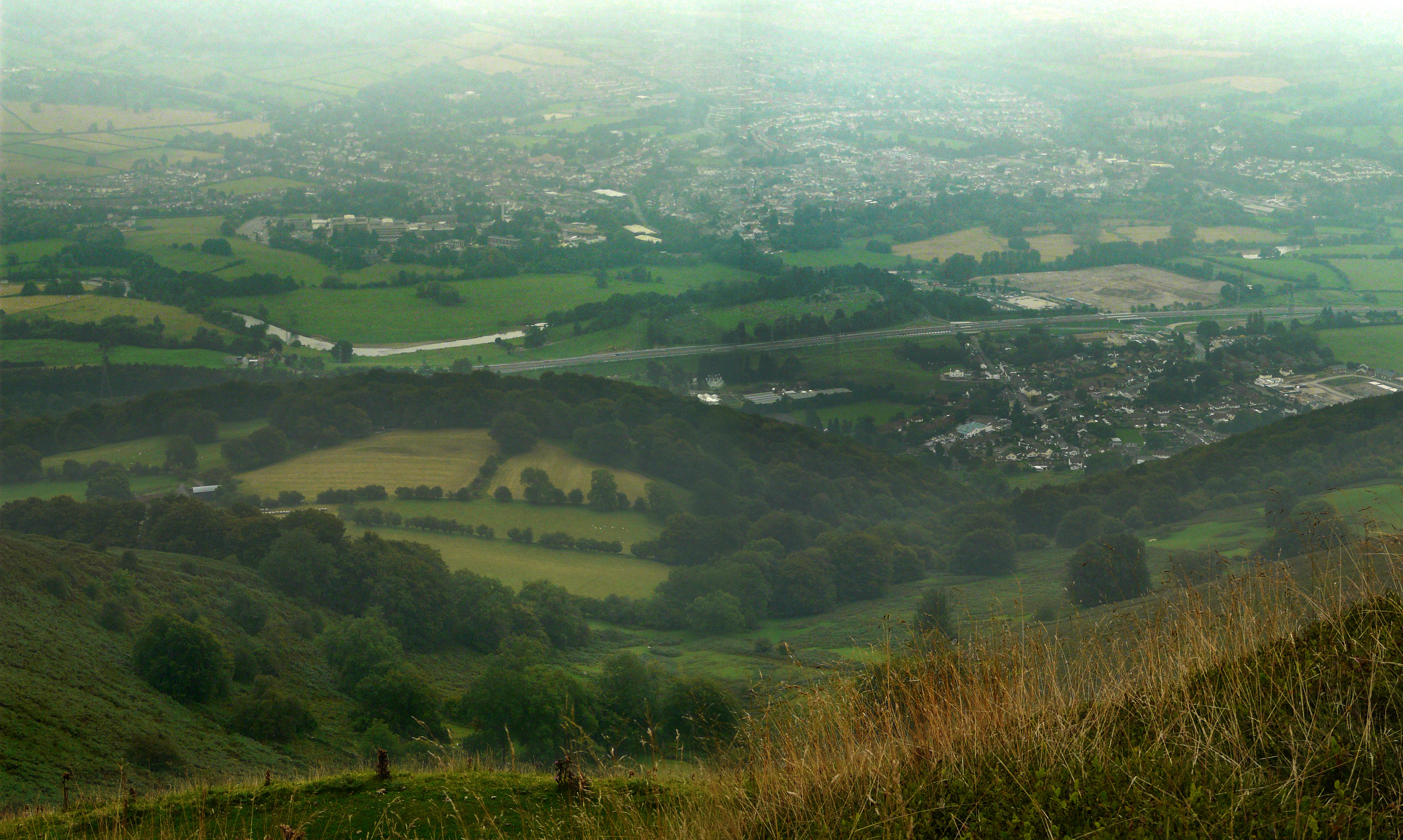|
Blorenge Buttress
Blorenge Buttress () is a prominent, orange-colored pillar of sandstone, west of the summit of Flagship Mountain at the west end of the Viking Hills, Convoy Range, Victoria Land. The pillar is flanked to the west by steep blue ice and a huge windscoop from Flight Deck Neve and rises sheer from a large ice-free area to the north. The feature was geologically mapped by the Victoria University of Wellington Antarctic Expedition, 1976–77, led by Christopher J. Burgess Christopher is the English version of a Europe-wide name derived from the Greek name Χριστόφορος (''Christophoros'' or '' Christoforos''). The constituent parts are Χριστός (''Christós''), "Christ" or "Anointed", and φέρει ... who named it after The Blorenge, a mountain in Wales, Great Britain. References Rock formations of the Ross Dependency Scott Coast {{ScottCoast-geo-stub ... [...More Info...] [...Related Items...] OR: [Wikipedia] [Google] [Baidu] |
Sandstone
Sandstone is a clastic sedimentary rock composed mainly of sand-sized (0.0625 to 2 mm) silicate grains. Sandstones comprise about 20–25% of all sedimentary rocks. Most sandstone is composed of quartz or feldspar (both silicates) because they are the most resistant minerals to weathering processes at the Earth's surface. Like uncemented sand, sandstone may be any color due to impurities within the minerals, but the most common colors are tan, brown, yellow, red, grey, pink, white, and black. Since sandstone beds often form highly visible cliffs and other topographic features, certain colors of sandstone have been strongly identified with certain regions. Rock formations that are primarily composed of sandstone usually allow the percolation of water and other fluids and are porous enough to store large quantities, making them valuable aquifers and petroleum reservoirs. Quartz-bearing sandstone can be changed into quartzite through metamorphism, usually r ... [...More Info...] [...Related Items...] OR: [Wikipedia] [Google] [Baidu] |
Flagship Mountain
Flagship Mountain () is a prominent, conical rock peak, high, surmounting the southern part of the large rock mass between Northwind Glacier and Atka Glacier in the Convoy Range of Victoria Land, Antarctica. It was named by the New Zealand Northern Survey Party of the Commonwealth Trans-Antarctic Expedition (1956–58) after the USS ''Glacier'', flagship of the American convoy into McMurdo Sound McMurdo Sound is a sound in Antarctica. It is the southernmost navigable body of water in the world, and is about from the South Pole. Captain James Clark Ross discovered the sound in February 1841, and named it after Lt. Archibald McMurdo of ... in the 1956–57 season, and closely associated with the area in other years. References Mountains of Victoria Land Scott Coast {{ScottCoast-geo-stub ... [...More Info...] [...Related Items...] OR: [Wikipedia] [Google] [Baidu] |
Viking Hills (Antarctica)
Flagship Mountain () is a prominent, conical rock peak, high, surmounting the southern part of the large rock mass between Northwind Glacier and Atka Glacier in the Convoy Range Convoy Range () is a broad mountain range in Antarctica. Much of the range has a nearly flat plateau-like summit, extending south from the Fry Saddle and ending at Mackay Glacier. The range has steep cliffs on its east side, but it slopes gently i ... of Victoria Land, Antarctica. It was named by the New Zealand Northern Survey Party of the Commonwealth Trans-Antarctic Expedition (1956–58) after the USS ''Glacier'', flagship of the American convoy into McMurdo Sound in the 1956–57 season, and closely associated with the area in other years. References Mountains of Victoria Land Scott Coast {{ScottCoast-geo-stub ... [...More Info...] [...Related Items...] OR: [Wikipedia] [Google] [Baidu] |
Convoy Range
Convoy Range () is a broad mountain range in Antarctica. Much of the range has a nearly flat plateau-like summit, extending south from the Fry Saddle and ending at Mackay Glacier. The range has steep cliffs on its east side, but it slopes gently into the Cambridge Glacier on the western side. The New Zealand Northern Survey Party of the Commonwealth Trans-Antarctic Expedition (1956–58) worked in this area in 1957. The party named the range for the main convoy into McMurdo Sound in the 1956–57 season, with the names of the various vessels being used for features in the range. Features Taff Y Bryn () is a ridgelike summit capped by dolerite (about 1,600 m), situated 1 nautical mile (1.9 km) west of Flagship Mountain in the Convoy Range. It is named after the River Taff in Wales, the toponym in Welsh literally means "Hill of the Taff." It was named by the 1976–77 Victoria University of Wellington Antarctic Expedition (VUWAE) led by Christopher J. Burgess. ... [...More Info...] [...Related Items...] OR: [Wikipedia] [Google] [Baidu] |
Victoria Land
Victoria Land is a region in eastern Antarctica which fronts the western side of the Ross Sea and the Ross Ice Shelf, extending southward from about 70°30'S to 78°00'S, and westward from the Ross Sea to the edge of the Antarctic Plateau. It was discovered by Captain James Clark Ross in January 1841 and named after Queen Victoria. The rocky promontory of Minna Bluff is often regarded as the southernmost point of Victoria Land, and separates the Scott Coast to the north from the Hillary Coast of the Ross Dependency to the south. The region includes ranges of the Transantarctic Mountains and the McMurdo Dry Valleys (the highest point being Mount Abbott in the Northern Foothills), and the flatlands known as the Labyrinth. The Mount Melbourne is an active volcano in Victoria Land. Early explorers of Victoria Land include James Clark Ross and Douglas Mawson. In 1979, scientists discovered a group of 309 meteorites A meteorite is a solid piece of debris from an ... [...More Info...] [...Related Items...] OR: [Wikipedia] [Google] [Baidu] |
Flight Deck Neve
Flight or flying is the process by which an object moves through a space without contacting any planetary surface, either within an atmosphere (i.e. air flight or aviation) or through the vacuum of outer space (i.e. spaceflight). This can be achieved by generating aerodynamic lift associated with gliding or propulsive thrust, aerostatically using buoyancy, or by ballistic movement. Many things can fly, from animal aviators such as birds, bats and insects, to natural gliders/parachuters such as patagial animals, anemochorous seeds and ballistospores, to human inventions like aircraft (airplanes, helicopters, airships, balloons, etc.) and rockets which may propel spacecraft and spaceplanes. The engineering aspects of flight are the purview of aerospace engineering which is subdivided into aeronautics, the study of vehicles that travel through the atmosphere, and astronautics, the study of vehicles that travel through space, and ballistics, the study of the flight of project ... [...More Info...] [...Related Items...] OR: [Wikipedia] [Google] [Baidu] |
Victoria University Of Wellington Antarctic Expedition
The Antarctic Research Centre (ARC) is part of the School of Geography, Environment and Earth Sciences at Victoria University of Wellington. Its mission is to research " Antarctic climate history and processes, and their influence on the global climate system. The current director of the Antarctic Research Centre is Associate Professor Robert McKay. Directors * 1972 - 2007: Professor Peter Barrett * 2008 - 2016: Professor Tim Naish * 2017 - 2019: Professor Andrew Mackintosh * 2020 - Present: Professor Robert McKay History In December 1957, geology students Barrie McKelvey and Peter Webb along with biologist Ron Balham conducted an expedition to the then unexplored McMurdo Dry Valleys via the Royal New Zealand Navy Antarctic support ship HMNZS ''Endeavour''. This expedition formed the basic for the annual Victoria University of Wellington Antarctic Expeditions, which continue to the present day. Since this first expedition, over 400 staff and students have travelled to the ... [...More Info...] [...Related Items...] OR: [Wikipedia] [Google] [Baidu] |
Christopher J
Christopher is the English version of a Europe-wide name derived from the Greek name Χριστόφορος (''Christophoros'' or '' Christoforos''). The constituent parts are Χριστός (''Christós''), "Christ" or " Anointed", and φέρειν (''phérein''), "to bear"; hence the "Christ-bearer". As a given name, 'Christopher' has been in use since the 10th century. In English, Christopher may be abbreviated as " Chris", "Topher", and sometimes "Kit". It was frequently the most popular male first name in the United Kingdom, having been in the top twenty in England and Wales from the 1940s until 1995, although it has since dropped out of the top 100. The name is most common in England and not so common in Wales, Scotland, or Ireland. People with the given name Antiquity and Middle Ages * Saint Christopher (died 251), saint venerated by Catholics and Orthodox Christians * Christopher (Domestic of the Schools) (fl. 870s), Byzantine general * Christopher Lekapenos (died 931 ... [...More Info...] [...Related Items...] OR: [Wikipedia] [Google] [Baidu] |
The Blorenge
Blorenge, also called The Blorenge (; cy, Blorens), is a prominent hill overlooking the valley of the River Usk near Abergavenny, Monmouthshire, southeast Wales. It is situated in the southeastern corner of the Brecon Beacons National Park. The summit plateau reaches a height of . Geography Blorenge overlooks the market town of Abergavenny and the villages of Llanfoist and Govilon in the Usk Valley to the north. At the foot of the hill lies the Monmouthshire & Brecon Canal. It drops away steeply to the northwest into Cwm Llanwenarth. To the south, gentler slopes fall away to Blaenavon at the head of the Lwyd valley. Prominent peaks seen from the Blorenge include the Skirrid to the east of Abergavenny and the Sugar Loaf to the north. The high moorland ridge continues to the south of the minor road at Foxhunter car park and assumes the name Mynydd y Garn-fawr. The cairn referenced in the title of this southerly shoulder of Blorenge may be that now known as Carn y Defaid w ... [...More Info...] [...Related Items...] OR: [Wikipedia] [Google] [Baidu] |
Wales
Wales ( cy, Cymru ) is a Countries of the United Kingdom, country that is part of the United Kingdom. It is bordered by England to the Wales–England border, east, the Irish Sea to the north and west, the Celtic Sea to the south west and the Bristol Channel to the south. It had a population in 2021 of 3,107,500 and has a total area of . Wales has over of coastline and is largely mountainous with its higher peaks in the north and central areas, including Snowdon (), its highest summit. The country lies within the Temperateness, north temperate zone and has a changeable, maritime climate. The capital and largest city is Cardiff. Welsh national identity emerged among the Celtic Britons after the Roman withdrawal from Britain in the 5th century, and Wales was formed as a Kingdom of Wales, kingdom under Gruffydd ap Llywelyn in 1055. Wales is regarded as one of the Celtic nations. The Conquest of Wales by Edward I, conquest of Wales by Edward I of England was completed by 1283, th ... [...More Info...] [...Related Items...] OR: [Wikipedia] [Google] [Baidu] |
Rock Formations Of The Ross Dependency
Rock most often refers to: * Rock (geology), a naturally occurring solid aggregate of minerals or mineraloids * Rock music, a genre of popular music Rock or Rocks may also refer to: Places United Kingdom * Rock, Caerphilly, a location in Wales * Rock, Cornwall, a village in England * Rock, County Tyrone, a village in Northern Ireland * Rock, Devon, a location in England * Rock, Neath Port Talbot, a location in Wales * Rock, Northumberland, a village in England * Rock, Somerset, a location in Wales * Rock, West Sussex, a hamlet in Washington, England * Rock, Worcestershire, a village and civil parish in England United States * Rock, Kansas, an unincorporated community * Rock, Michigan, an unincorporated community * Rock, West Virginia, an unincorporated community * Rock, Rock County, Wisconsin, a town in southern Wisconsin * Rock, Wood County, Wisconsin, a town in central Wisconsin Elsewhere * Corregidor, an island in the Philippines also known as "The Rock" * Jamaica, an ... [...More Info...] [...Related Items...] OR: [Wikipedia] [Google] [Baidu] |
Saunders_Quarry-1.jpg)


